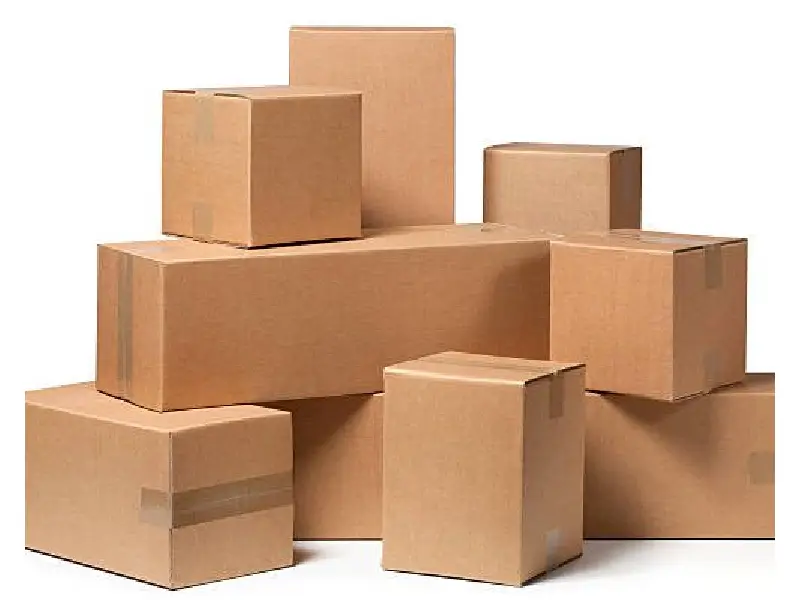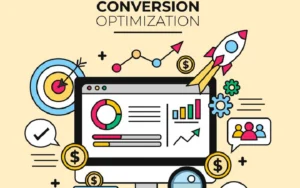Innovative Cardboard Boxes For Packing Suppliers: Leading The Industry Forward
In today’s rapidly evolving market landscape, cardboard boxes for packing material suppliers play a pivotal role in driving innovation and shaping the future of various industries. These suppliers are not merely providers of materials; they are catalysts for change, constantly pushing boundaries to meet the dynamic needs of businesses and consumers alike. From traditional cardboard boxes to cutting-edge sustainable materials, packaging suppliers are at the forefront of revolutionizing how products are packaged, shipped, and consumed. As businesses strive for differentiation and sustainability, the choice of packaging material supplier becomes increasingly critical, making it imperative to explore the diverse offerings and capabilities within the industry.
Finding The Right Fit: A Guide Tocardboard Boxes For Packing
Selecting the right packaging material and cardboard boxes for packing is a multifaceted process that goes beyond merely assessing cost and quality. It involves a comprehensive evaluation of factors such as material composition, durability, environmental impact, and compatibility with the product being packaged. Furthermore, the supplier’s reliability, responsiveness, and ability to customize solutions to meet specific requirements are equally essential considerations. With a plethora of suppliers vying for attention, businesses must conduct thorough research and due diligence to identify the partner that best aligns with their values, objectives, and operational needs. A strategic approach to supplier selection can yield significant benefits in terms of efficiency, sustainability, and brand reputation.

Exploring Eco-Friendly Options: Cardboard Boxes For Packing Impact
In an era marked by growing environmental cardboard boxes for packing, the role of packaging material suppliers in promoting sustainability cannot be overstated. These suppliers are increasingly prioritizing the development and adoption of eco-friendly materials and practices to minimize the ecological footprint of packaging processes. From biodegradable plastics to recycled cardboard and compostable packaging, there is a wide array of sustainable options available to businesses seeking to reduce waste and mitigate environmental harm. By partnering with suppliers committed to sustainability, companies can not only enhance their brand image but also contribute to the preservation of the planet for future generations.
Cardboard Boxes For Packing: Trends And Transformations
The packaging industry is cardboard boxes for packing period of rapid transformation, driven by shifting consumer preferences, technological advancements, and regulatory pressures. Packaging material suppliers are at the forefront of these changes, continuously innovating to meet the evolving demands of the market. One notable trend is the rise of smart packaging solutions, incorporating features such as RFID tags, QR codes, and temperature sensors to enhance product traceability, security, and user experience. Moreover, there is a growing emphasis on lightweight and minimalist packaging designs to reduce material usage and shipping costs while optimizing shelf space and aesthetics. By staying abreast of these trends, packaging material suppliers can stay ahead of the curve and maintain their competitive edge in the industry.
The Role Of Cardboard Boxes For Packing In Supply Chain Sustainability
In today’s interconnected global economy, supply chain sustainability has emerged as a key priority for businesses seeking to minimize risk, enhance resilience, and create long-term value. Packaging material suppliers play a crucial role in this endeavor, as the choice of materials and packaging techniques directly impacts the environmental and social cardboard boxes for packing of the entire supply chain. By adopting sustainable practices such as source reduction, material recycling, and renewable energy utilization, suppliers can help their customers achieve their sustainability goals while driving positive change across the value chain. Collaboration and transparency are essential for fostering a sustainable supply chain ecosystem where suppliers, manufacturers, and consumers work together towards a common goal of environmental stewardship.
Unveiling The Future: Emerging Trends In Cardboard Boxes For Packing
The future of packaging material suppliers is characterized by innovation, collaboration, and sustainability. As technology continues to advance, cardboard boxes for packing are leveraging tools such as artificial intelligence, robotics, and data analytics to optimize production processes, improve product quality, and reduce waste. Furthermore, there is a growing emphasis on circular economy principles, wherein materials are recycled, reused, or repurposed to minimize resource consumption and waste generation. By embracing these emerging trends, packaging material suppliers can not only stay relevant in a rapidly changing market but also contribute to the creation of a more sustainable and resilient future for the packaging industry and beyond.
Sourcing Strategies: Selecting The Best Cardboard Boxes For Packing
Effective sourcing strategies are essential for businesses seeking to optimize their packaging supply chain, minimize costs, and mitigate cardboard boxes for packing. When selecting packaging material suppliers, organizations should consider factors such as geographic proximity, production capacity, quality assurance measures, and financial stability. Additionally, evaluating suppliers based on their track record, industry reputation, and commitment to innovation and sustainability can help ensure long-term success and competitiveness. By fostering strategic partnerships with reliable and forward-thinking suppliers, companies can streamline their operations, enhance product quality, and create value for both themselves and their customers.
Behind The Scenes: Operations Of Cardboard Boxes For Packing
Behind every successful packaging material cardboard boxes for packing lies a complex network of operations, spanning sourcing, production, distribution, and customer service. These operations are carefully orchestrated to ensure the timely delivery of high-quality materials that meet the diverse needs of customers across various industries. From state-of-the-art manufacturing facilities to efficient logistics and inventory management systems, suppliers invest heavily in infrastructure and technology to optimize their operations and maximize efficiency. Moreover, a dedicated workforce of skilled professionals plays a crucial role in maintaining quality standards, fostering innovation, and delivering exceptional customer service. By continuously refining their operations and embracing best practices, packaging material suppliers can uphold their reputation as reliable partners in the supply chain ecosystem.
Conclusion
Packaging material suppliers occupy a central position in the global supply chain, driving innovation, sustainability, and efficiency across industries. As cardboard boxes for packing strive to meet the evolving demands of consumers and regulators, the role of suppliers in providing cutting-edge solutions and sustainable practices becomes increasingly critical. By embracing emerging trends, fostering strategic partnerships, and investing in operations and technology, packaging material suppliers can position themselves for long-term success in a dynamic and competitive market landscape. Together with their customers, suppliers have the power to shape a future where packaging is not only functional and cost-effective but also environmentally responsible and socially conscious.

Fran Peters is a dedicated writer specializing in health and medical content. With a background in healthcare and a passion for helping others lead healthier lives, Fran brings a wealth of knowledge and expertise to her writing.















Post Comment